For the love of pockets
Mary-Jane Duncan has spent her life longing for women's clothing with decent pockets. It's about women's autonomy and we deserve proper pockets.
Money, matric card, lipstick, chewing gum, keys, fags, phone; my mantra circa 1997-2000.
Living on the top floor of a tenement block, I quickly learned not to leave anything behind on a night out.
The precarious trip back up the four flights of stairs in skyscraper heels was never ideal.
The (pocketless) party years
Those were my party years, when I was still capable of late nights and partial to wearing as few items of clothing as possible.
Having been converted from a lass who lived in jeans, a nice tee, and a pair of comfy gutties, this new world of dresses the size of a handkerchief and stratospheric, strappy sandals was entirely foreign to me.
Where was I to keep the necessary accompanying items for a night out?
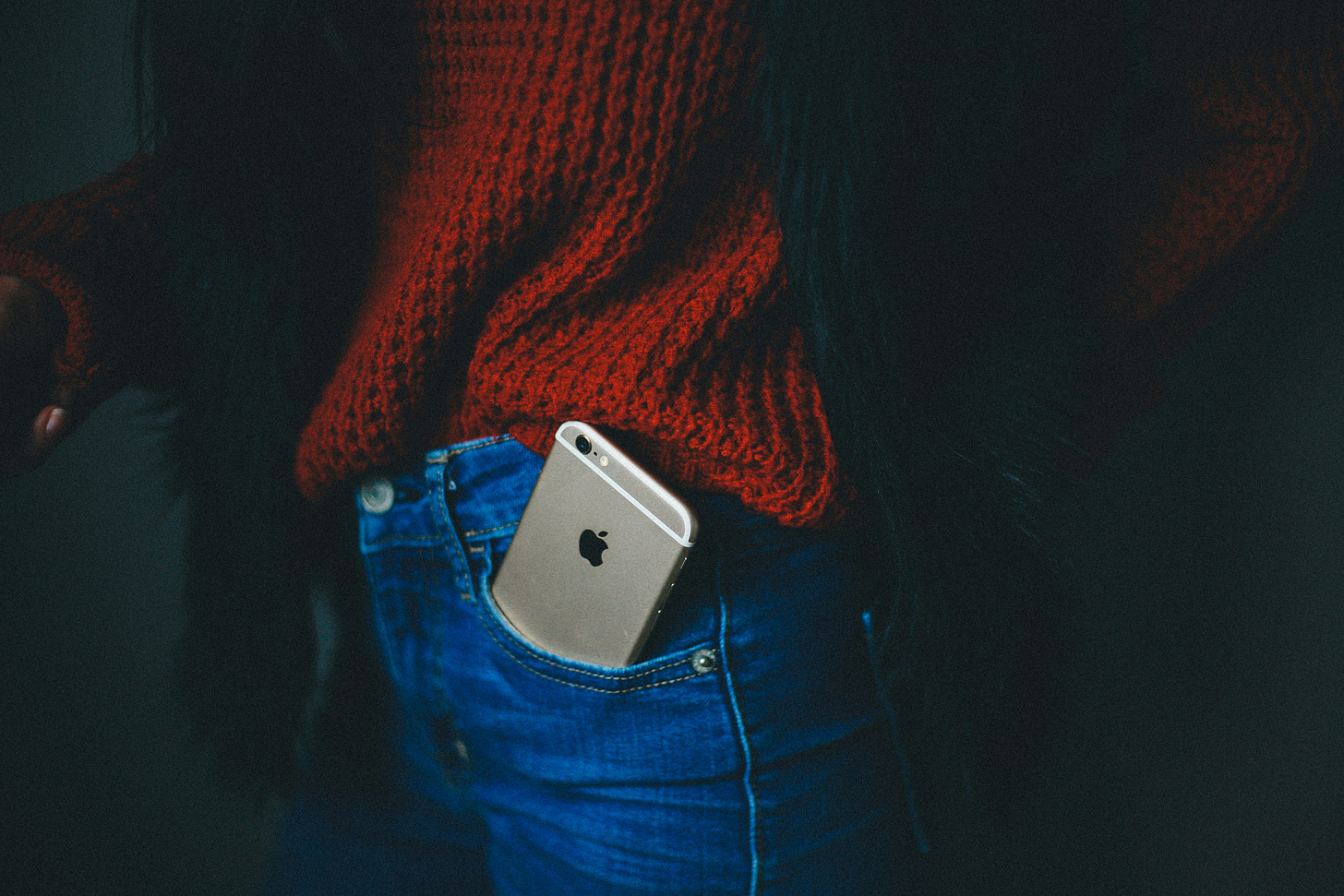
Dancing around one's handbag was a faux pas reminiscent of the 1980s, and this was the mid (to late) 90s!
Leaving a bag sitting at the side of a city centre nightclub was just asking for it not to be there after spending the evening gyrating to the latest dance floor bangers.
A predicament indeed.
The lack of space was real
My bra, already stuffed to the gunnels with ample bosoms, left no room for house keys or a mobile phone.
My nosebleed-inducing, strappy sandals baulked at the idea of a pair of socks to stuff cash into.
A pack of 20 Marlborough Lights might sit in my waistband for a moment before they dropped, got bashed, or, worse still, ruined the line of an impossibly small outfit chosen for maximum effect. But the conundrum of where to keep one’s lighter remained.
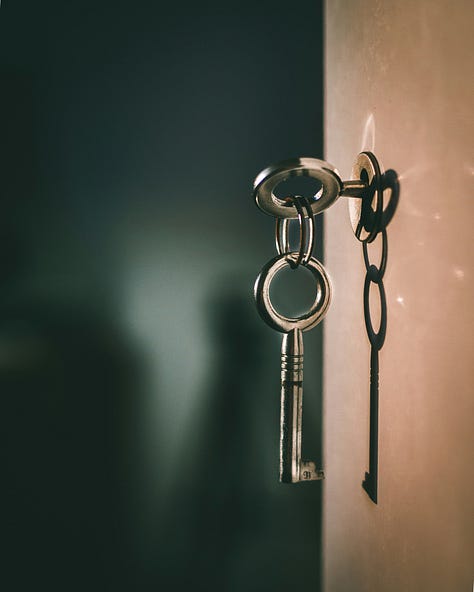

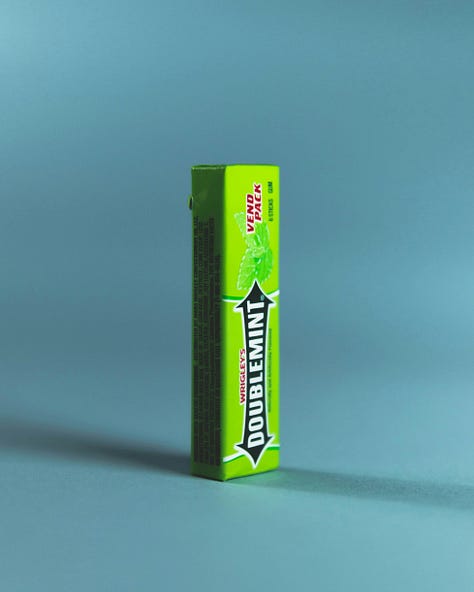
The answer? Male friends. A posse of reliable, charming, willing lads merely interested in propping up the bar as opposed to throwing their signature moves on a sticky dance floor. Lads. Had. Pockets.
Not only that, they had nothing to put in them. Imagine all that practicality readily available for absolutely nothing at all!
"Can you hold onto these?"
"Sure!"
"Great, please stay here, in this exact spot for the remainder of the evening."
"At the bar?" "No bother."
And off I went, safe in the knowledge that whenever I returned to grab a ciggie or touch up my lipstick, there they would be. Unmoved. Pint in hand. Happy to have a purpose aside from sweating off calories in the pit.
These lads were oblivious to the value of their essential items. Pockets.
As they stood there, casually putting their hands in their pockets, with an air of insouciance, they looked at ease and confident, as if in their rightful place. All for the sake of a simple pouch of fabric.
The pocket as anthropology
Commanders of these functional items, a pocket representing basic anthropology. Men’s clothing designed for utility, women’s designed for beauty. A tale as old as time.
All clothing is social history. It reflects societal changes and thankfully we have moved past wearing clothes to fit someone else’s brief. Almost.
It remains rare to find a woman’s coat or jacket with an inside pocket, god forbid we might be hiding feminist propaganda instead of needing somewhere to store the dog poo bags.
After checking my husband’s wardrobe, the discovery of all his suit jackets having at least three inside pockets came as a complete revelation. Even the cheap ones.
I bet if men wore dresses, they’d have pockets. I have never seen pocket-less man trousers. Their trousers boast deep, secure ones that can store the latest smartphone, loose change and some car keys with ease.
Meanwhile, women are forced to endure ones you can barely get your fingers into let alone a hand or, none at all! Ooooh look, somewhere to store the supermarket trolley token, thank you kind sir, my life is complete <insert eyeroll here>.
God forbid a woman looks big and bumpy, the line of a dress slightly altered by the existence of a pocket, instead of having a practical item of clothing.
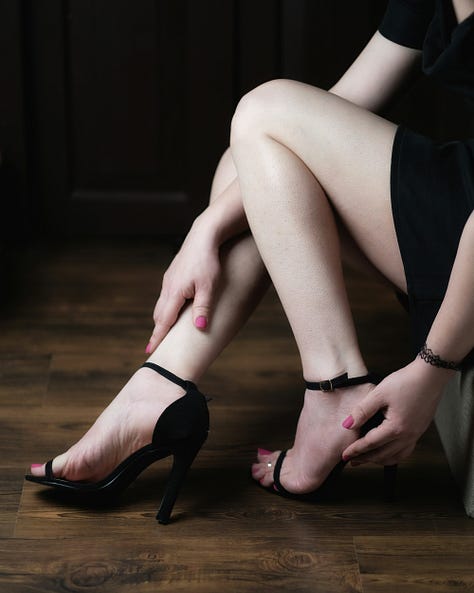
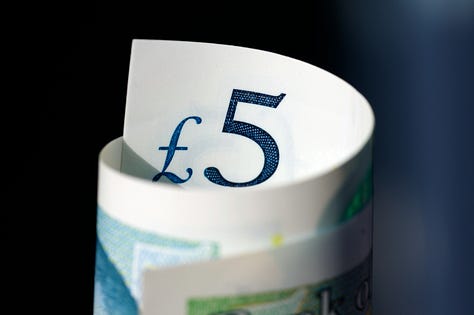

Just use your cardigan sleeve…
Can we, as a sex, not just pipe down and continue to use our cardigan sleeves to stuff a tissue up? No, the fashion industry still deems smooth hips a priority here, preventing woman looking wider than they really are.
Thank goodness, what on earth would we do with the shame of an extra lumpy bit?
This, to me, makes pockets a feminist issue because I don’t care how wide my hips look (and I likely should). I just want to be able to carry as much shit as men can.
The lack of pockets in female clothing is a brilliant indicator of the difference in social expectations between men and woman.
The key concern for women is how the outfit looks and fits and not how functional it is.
The pocket in history
This partly stemmed from the 17th century where men were responsible for carrying money and documents, meaning a woman needed a male chaperone with her removing her independence to do what she wants.
In the Victorian Era, women were tightly corseted, and more boyish shapes only began to appear after World War One.
Pockets were entirely separate garments, hooped through belts to allow for ease of access, while evidence from the seventeenth century reveals their integration into menswear.
The items kept in a woman’s pocket were personal and concealed, uncontrolled by anyone but the wearer, worn next to the body and out of sight.
Pockets and women’s autonomy
Perhaps most importantly, they were representative of a material autonomy that many women, for much of history, were not able to partake in.
Meanwhile, pockets merrily waltzed their way into men’s coats, waistcoats, and trousers.
The history of pockets provides excellent glimpses into the personal lives of the real people who wore them. Old Bailey records, spanning from 1674 to 1913, contain over 4,000 pages of records concerning pocket-related criminal activity in London alone.
Women, with their ‘reticules’ worn on the outside, were evidently quite a target.
Arriving at the mid-18th century, the vast hooped, very wide silhouette fashion allowed for the easy concealment of pockets, but this was (thankfully) a very brief fashion.
The Regency period brought with it slimmer silhouettes and rising waistlines, with the upper classes began using handbags as concealed pockets became unattainable.
While there is no hard boundary in fashion, history shows the shift from tie-on pockets to pockets sewn in occurring around the mid to late 19th century.
Pockets and personal lives
Pockets provide excellent glimpses into the personal lives of the real people who wore them.
The lower classes tied them on, under layers and layers of garments, with the capacity to fit a book or even a loaf of bread, with class unquestionably playing a part.
Much has been written about how sexism dictates whether garments get usable pockets.
Women have been complaining about the inadequacy of pockets for more than a century. Modern day relatable memes are shared. Exclamations and recommendations about items like wedding dresses containing pockets go viral.
A bag is NOT a pocket. Men’s clothing has capacious visible pockets, women’s clothing has small pockets, if any at all.
Pockets, more than trousers, more than ties, more than comfortable underwear and even more than suits, are one of the greatest gender divides.
Women’s pockets fail to make the same migration as men’s, who can even find them in their swim shorts.
Even when a Scotsman dons a skirt, in the guise of a kilt, he is essentially provided with a front pocket in the form of sporran!
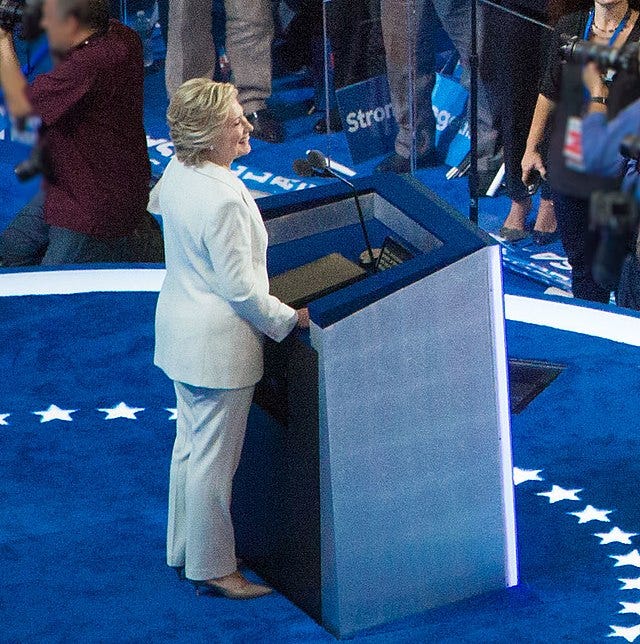
Women’s clothing, seen as more disposable, is generally more cheaply made, yet costs more money, than men’s clothing. Pockets are also a question of economy.
Take Hillary Clinton, for example. Regardless of your politics, her impeccable tailoring announces authority and commands respect.
While accepting the Democratic party’s nomination for president, her significant, but deceptively simple, snow-white, trouser suit (which remains unclaimed by any designer) transcended fashion and was heralded by critics as a significant garment.
And yet, it had no pockets. Proving pockets are indeed political and not just in the ways you’d first expect.
It is not a giant leap to see how pockets, or the lack thereof, reinforce sexist ideas of gender.
Men are deemed to be busy doing things. Women remain occupied being busy being looked at. In 1899, the New York Times printed a piece claiming that civilisation itself was founded on pockets:
“As we become more civilized, we need more pockets. No pocketless people have ever been great since pockets were invented and the female sex cannot rival us when it is pocketless.”
Tongue in cheek or not, it is now 2024 and I want pockets. Even if all I want is to do is use them to carry sweeties to furtively stuff my face with.
I accept that I’m no Shakira, so the shape and texture of my hips doesn’t affect my life in any way.
If Lily Bobtail can do it…
I simply don’t want to smash the patriarchy by having my keys in my left pocket and my phone in my right.
I would just like my clothes to be as practical as my husband’s, preventing incidents like the loss of my iPhone, in an Uber, in Belfast, because it simply slid right out of my stupid, shallow, lady pocket.
Frankly, if Lily Bobtail can save Peter Rabbit’s life over and over, with the contents of her pockets, whilst still looking good in that dress, then I should be able to make it work for me!
Therefore, I shall start down the road of retiring non-pocket clothing items. They are just infuriating after you have experienced the joy of the pocket.
I like and want pockets. AND I like and want equality. I can like both and it’s feck all to do with being like men!




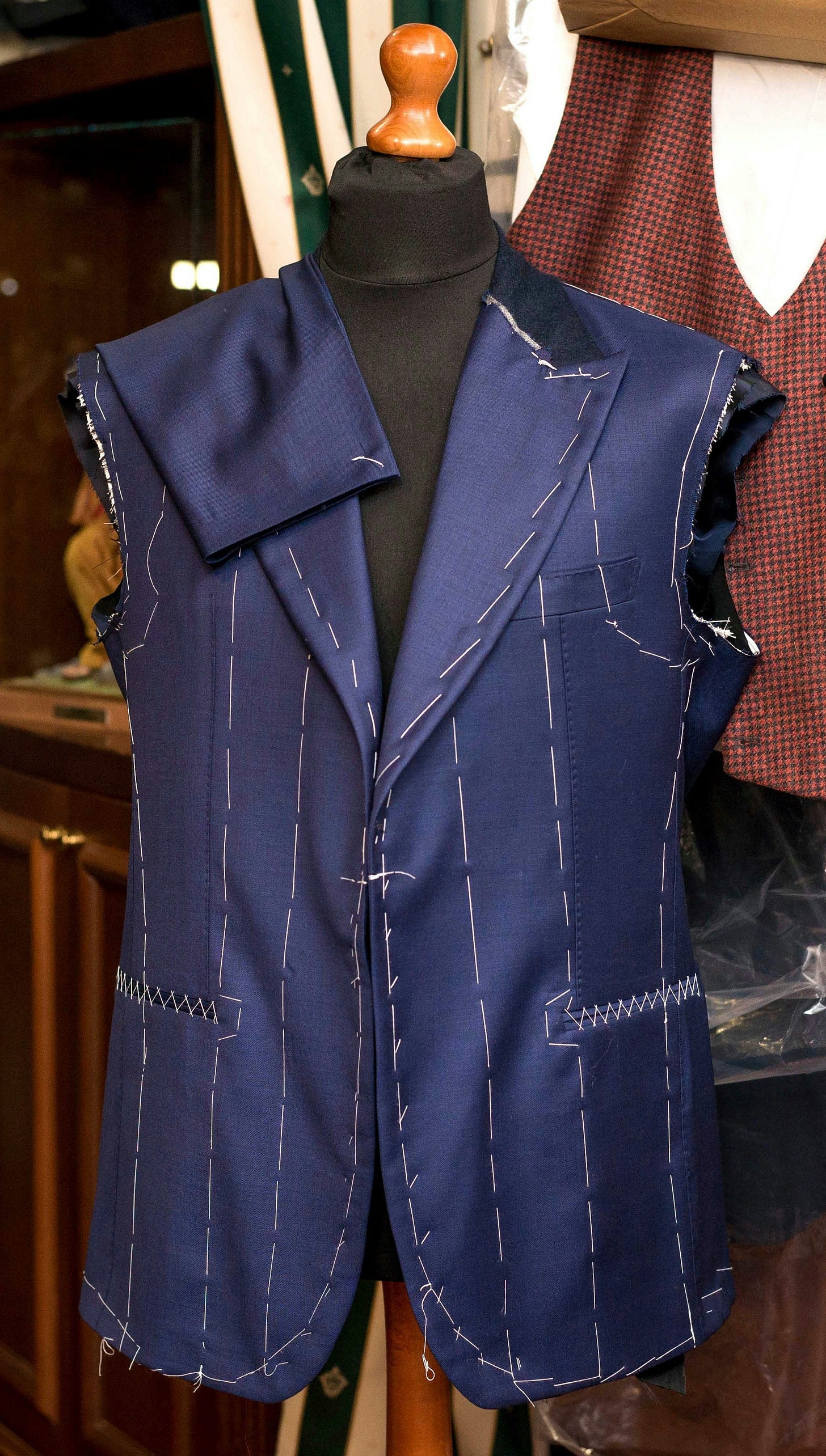
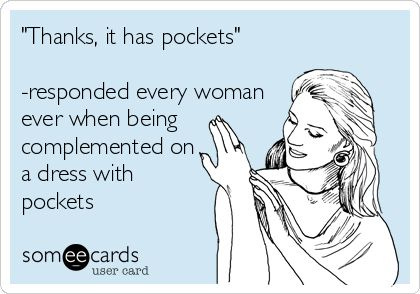
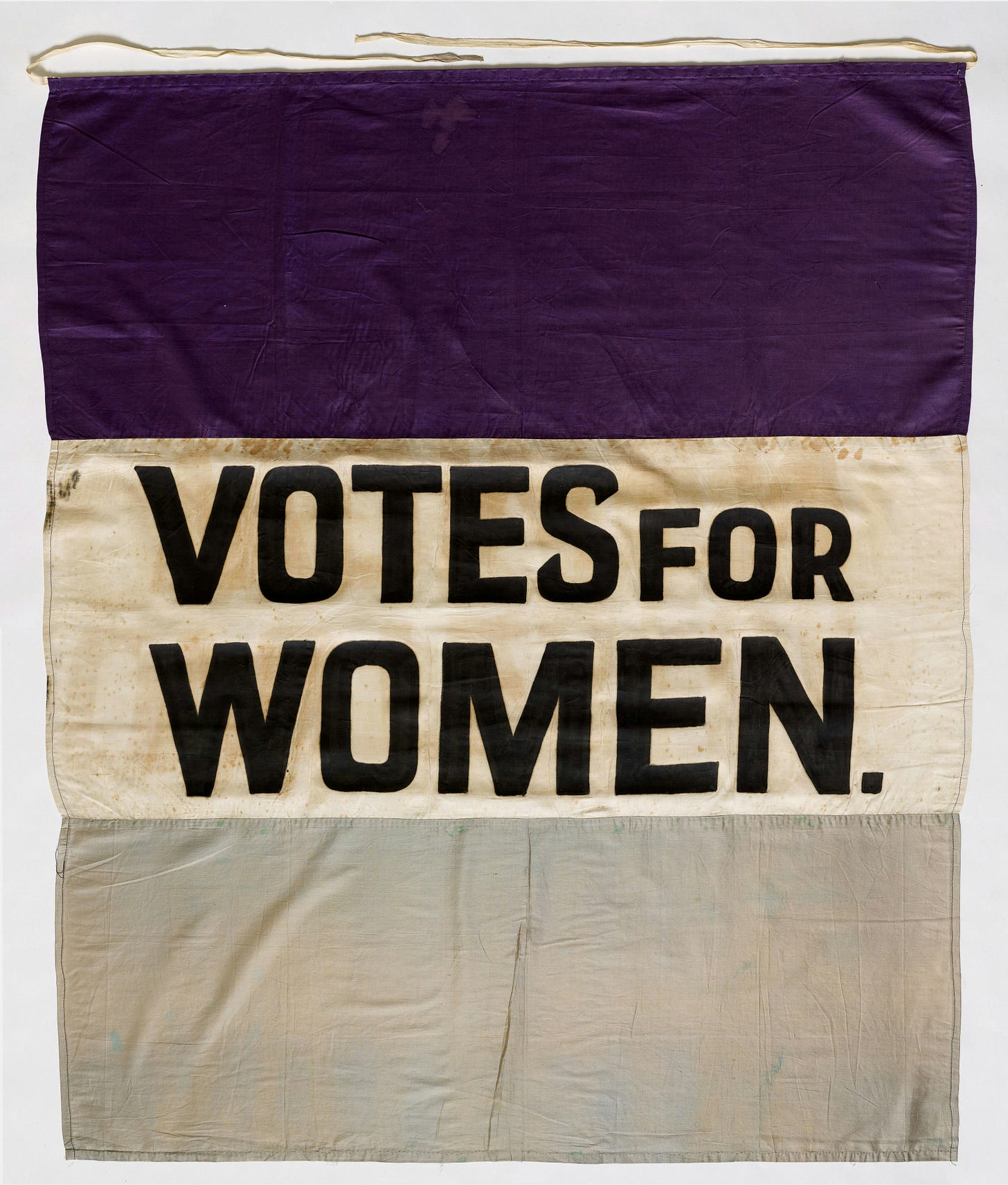
Flamenco dresses, not the professional dancers frocks, but those worn by Andalusian women for a feria or a pilgrimage, always have a hidden pocket amongst the flounces, for fags and a phone.
Sometimes us men have so many pockets, we even leave some stitched close to avoid spoiling the line of a suit. Not me, I have a poachers coat with internal pockets that can hold a brace of pheasants and a 20lb salmon. Though these days it's more likely to be a loaf of sourdough and two bottles of wine.